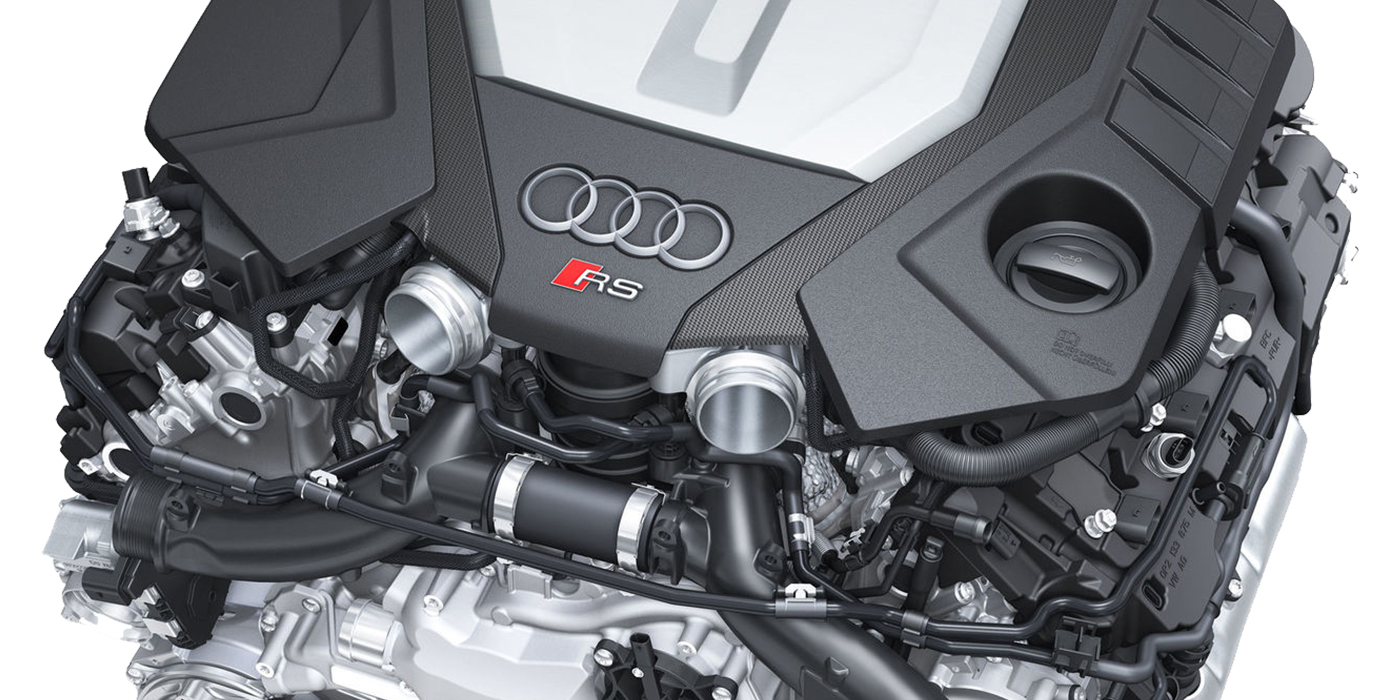Application:
All turbocharged vehicles, gasoline or diesel.
Problem:
Premature failure of turbo unit thrust bearing.
Cause:
Turbos in gasoline applications operate at extremely high temperatures and RPM. If the exhaust stream, including the catalytic converter, is even partially blocked, the increase in exhaust backpressure can lead to thrust bearing failure.
Solution:
Periodic scheduled maintenance and proper inspection of the exhaust stream will help avoid this problem. Without proper maintenance, inspection and testing of the converter, most owners will not be aware that a potential hazardous condition may exist. While newer vehicles are designed to set a code when catalytic converter problems are detected, all model years should be checked for restrictions and backpressure when replacing a turbocharger.
Diesel applications have a similar concern. While diesel applications do not run as fast or as hot, a plugged Diesel Particulate Filter (DPF) or anything else that obstructs the exhaust for extended periods (like an Exhaust Brake Valve (EBV) sticking on a Ford Powerstroke pedestal) may also lead to thrust bearing failure. The ECM monitors DPF temperature and pressures by reading sensors at the inlet and outlet of the filter, but failure of the “regeneration” system to clear the filter will lead to problems. Proper periodic maintenance will protect the service life of the replacement turbo unit.
Finally, thrust bearing failure in diesels can also occur if combustion is altered by increasing fuel pressure, either mechanically or electronically, from the original factory setting. The excessive spool up speed/pressure can destroy the turbo.
Note:
Please refer to your vehicle’s service manual for specific diagnostic instructions. This ProTech bulletin is supplied as technical information only and is not an authorization for repair.
Tech Tip courtesy of CARDONE Industries, Inc.













